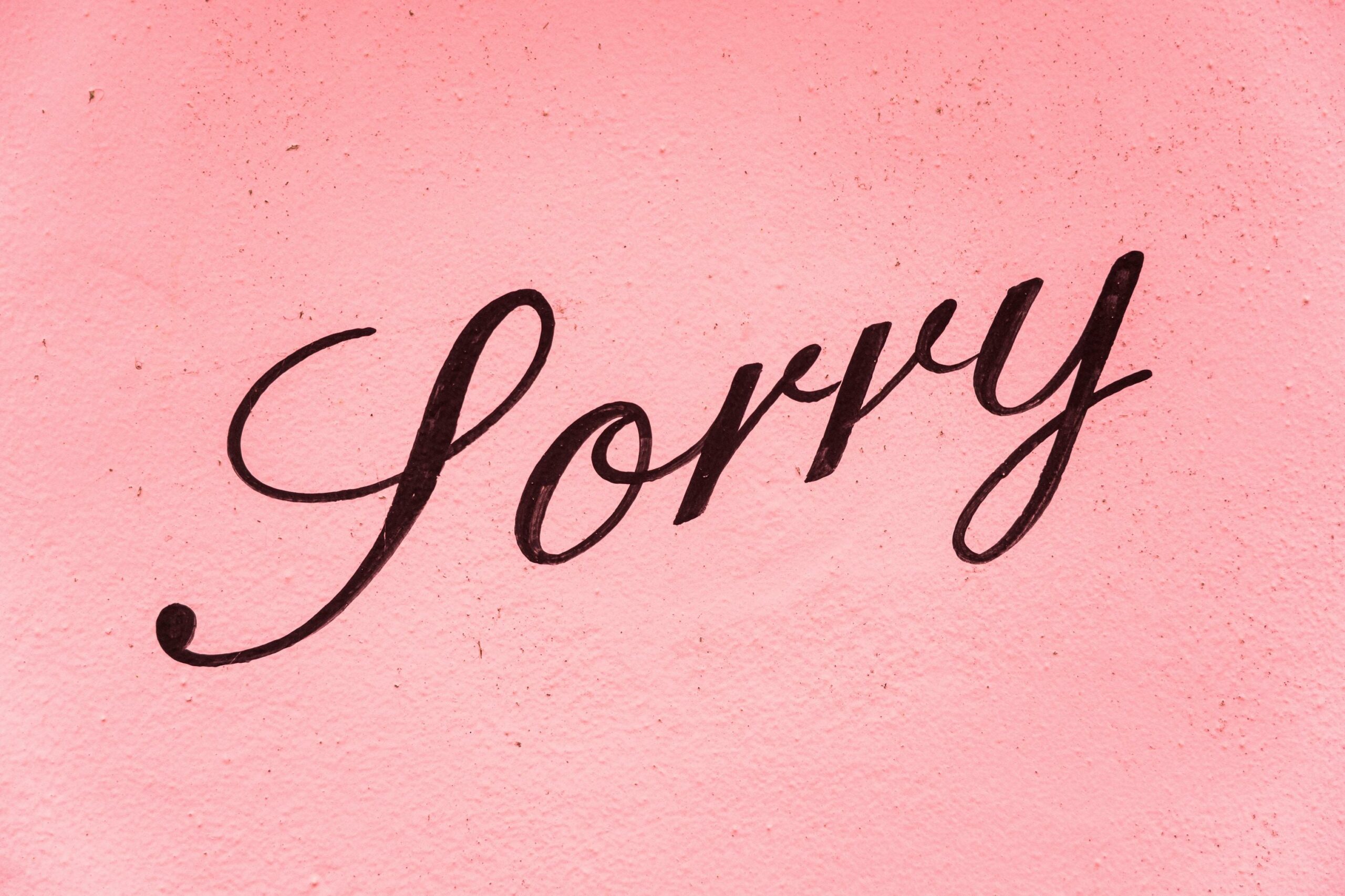Welcome to the mesmerizing world of calligraphy, where the strokes of a pen transform words into works of art. In this article, we will embark on an enchanting journey unlike any other – a journey that unveils the hidden treasures of calligraphy. Get ready to dive into the realm of unusual calligraphy facts, where history, culture, and creativity intertwine to create a tapestry of stunning penmanship. From lesser-known calligraphic traditions to unconventional materials used by master scribes, we will unlock the unseen wonders of this ancient art form. So, buckle up and prepare to be captivated by the extraordinary stories that lie within the strokes and curves of calligraphy.

Unusual Calligraphy Facts
When it comes to calligraphy, there’s more than meets the eye. Beyond the strokes and flourishes lies a world of intriguing knowledge and peculiar stories. In this article, we’ll uncover some unusual calligraphy facts that will leave you in awe of this timeless art form. So grab your favorite pen and let’s embark on this journey of discovery!
The Secret of the Seal Style
The Seal Style of calligraphy holds a fascinating secret. While it is commonly associated with signature stamps and engraved seals, did you know that it was originally created to ensure authenticity and prevent forgery? In ancient China, these seals were used to authenticate documents, proving their origin and the identity of their sender. Imagine the power that a carefully crafted stroke could hold, safeguarding important messages for centuries!
“The Seal Style of calligraphy emerged as a powerful tool to safeguard authenticity, leaving its mark on history.”
The Bamboo Chronicles of Clerical Style
Have you ever wondered how ancient scholars preserved knowledge before the invention of paper? Enter the Clerical Style of calligraphy, which found its canvas on bamboo strips or wood. These strips, tied together with string, were used to create the Bamboo Chronicles, recording everything from historical events to important proclamations. The precision and skill required to beautifully render characters on such delicate surfaces are truly awe-inspiring.
“In the world of calligraphy, the Clerical Style unfolds tales of knowledge etched on bamboo, preserving wisdom through time.”
Teaching Through Standard Style
Calligraphy not only captures history but also serves as an educational tool. The Standard Style of calligraphy was predominantly used to teach children in primary schools. Its simplicity and uniformity allowed young students to develop a strong foundation in writing. By focusing on this style, young minds could refine their motor skills and learn the art of precise penmanship. It’s a testament to the power of calligraphy as both an artistic expression and a practical skill.
“Through the Standard Style, calligraphy breathes life into education, nurturing the seeds of creativity and precision.”
The Imaginative Flow of Running Style
If you’ve ever marveled at the flowing strokes of calligraphy, the Running Style will capture your imagination. This style is specifically designed for ease of writing, with condensed, simplified strokes that allow for a swift pen or brush movement. Often used in everyday writing, such as personal letters or quick notes, the Running Style showcases the versatility of calligraphy, effortlessly blending artistry and practicality.
“In the realm of calligraphy, the Running Style dances with the pen, transforming writing into a graceful expression of creativity.”
The Drama of Cursive Style
Prepare to be enchanted by the Cursive Style of calligraphy. This enthralling script brings a sense of drama and individuality to writing, with fluid and interconnected strokes that beautifully capture the essence of each character. Like an artist’s brushstroke across a canvas, the Cursive Style adds a touch of personal expression, revealing the writer’s unique personality and emotions through the calligraphic dance on the page.
“In the world of calligraphy, the Cursive Style whispers stories of emotion, weaving elegance and passion with each stroke.”
From its ancient origins in China to its influence on various cultures worldwide, calligraphy has always held a place of profound significance. It is an art form that transcends mere visuals, encapsulating history, culture, and creativity. By unraveling these unusual calligraphy facts, we can appreciate the depth and diversity of this enchanting world of penmanship.
So next time you pick up a pen or brush, remember the extraordinary stories that lie within each stroke and embrace the wonders of calligraphy!
Pros:
- Offers unique glimpses into the history and culture of calligraphy.
- Captivates readers with unusual anecdotes and lesser-known calligraphic traditions.
- Engages readers by intertwining history, culture, and creativity.
Cons:
- May not cover all styles or traditions of calligraphy in-depth.
- Focuses primarily on Chinese calligraphy, with less emphasis on other cultural influences.
“Unleash the power of calligraphy and let it transport you to a world where art, history, and creativity converge.”
Calligraphy is often seen as a beautiful and elegant art form, but did you know that there are some truly weird facts about it? If you’re curious to discover the fascinating and unusual aspects of calligraphy, you won’t want to miss out on these weird facts about calligraphy. From unique styles to bizarre tools used by calligraphers, you’ll be amazed by the hidden world of this ancient art. So, grab a pen and click here to unveil the secrets of calligraphy: weird facts about calligraphy.
FAQ
Question 1: What is the history of calligraphy?
Answer 1: Calligraphy is an ancient art form that has been practiced for thousands of years. It originated in ancient China during the Shang dynasty and has since had a significant influence on other cultures, including Japanese calligraphy, Tibetan calligraphy, Latin calligraphy, and Islamic calligraphy.
Question 2: What are the different styles of calligraphy?
Answer 2: Calligraphy has various styles, each with its own unique characteristics. The Seal Style of calligraphy is primarily used in signature stamps and engraved seals. The Clerical Style of calligraphy was traditionally written on bamboo strips or wood using a brush. The Standard Style of calligraphy was commonly employed to teach children in primary schools. The Running Style of calligraphy features condensed strokes for ease of writing. The Cursive Style of calligraphy brings drama and individuality to writing.
Question 3: How was calligraphy used during the Tang dynasty?
Answer 3: Chinese calligraphy was used during the Tang dynasty to assess people and identify aptitude. It played a crucial role in determining a person’s skills, character, and even potential for government positions.
Question 4: What makes calligraphy an art form greater than sculpture and painting?
Answer 4: Calligraphy is often considered to be a form of art that surpasses sculpture and painting in East Asian and Middle Eastern cultures. Its emphasis on brushstrokes, rhythm, balance, and expression of the artist’s personality make it a highly esteemed art form.
Question 5: What are some lesser-known calligraphy traditions and materials?
Answer 5: Calligraphy has lesser-known traditions and materials that add to its allure. For example, some calligraphers use unconventional materials like gold or silver ink, silk, or even the iridescent scales of fish to create stunning works of art. Other traditions may involve specific rituals or techniques passed down through generations.









